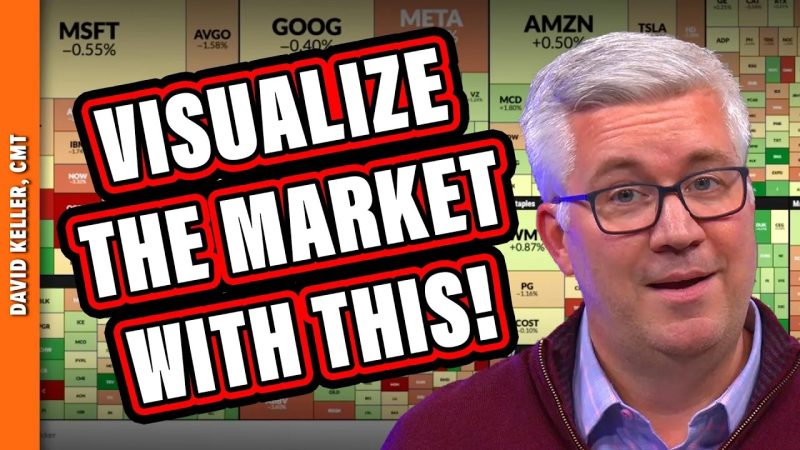Market visualization tools are essential for businesses and individuals alike to gain insights and make informed decisions in today’s fast-paced market environment. With the vast amount of data available, having the right tools to visualize that data can make a significant difference in understanding trends and patterns. In this article, we will discuss some of the best market visualization tools available and how they can benefit users.
1. Tableau:
Tableau is a powerhouse data visualization tool that enables users to create interactive and shareable dashboards. Its drag-and-drop interface makes it easy to explore data and create stunning visualizations without needing coding skills. With Tableau, users can easily connect to various data sources, including spreadsheets, databases, and cloud services, to uncover meaningful insights and trends.
2. Microsoft Power BI:
Microsoft Power BI is another widely used market visualization tool that offers a comprehensive suite of features for data analysis and visualization. With Power BI, users can create customizable dashboards, reports, and interactive visualizations to track key performance indicators and make data-driven decisions. Its integration capabilities with Microsoft products and other services make it a valuable tool for businesses of all sizes.
3. Google Data Studio:
Google Data Studio is a popular choice for businesses looking for a free and versatile market visualization tool. With its user-friendly interface and extensive library of data connectors, users can easily create dynamic reports and shareable dashboards that pull in data from various sources, such as Google Analytics, Google Sheets, and third-party databases. Google Data Studio is an excellent option for collaborative projects and for those looking to visualize data on a budget.
4. QlikView:
QlikView is a powerful business intelligence and data visualization tool that enables users to explore and analyze complex data sets with ease. Its associative data model allows users to make real-time discoveries and connections between different data points, uncovering hidden insights that traditional tools might miss. QlikView’s interactive dashboards and storytelling capabilities make it a preferred tool for businesses seeking advanced analytics solutions.
5. Domo:
Domo is a cloud-based market visualization tool that offers a range of features for data integration, visualization, and collaboration. With Domo, users can create customized dashboards and reports that provide real-time insights into business performance and trends. Its robust security features and mobile-friendly interface make it an ideal choice for businesses operating in a fast-paced and data-driven environment.
In conclusion, choosing the right market visualization tool is crucial for businesses and individuals looking to harness the power of data for decision-making. The tools mentioned in this article offer unique features and capabilities that cater to different user needs and preferences. Whether you are analyzing sales data, tracking website performance, or monitoring marketing campaigns, investing in a reliable market visualization tool can help you unlock valuable insights and stay ahead in today’s competitive market landscape.
